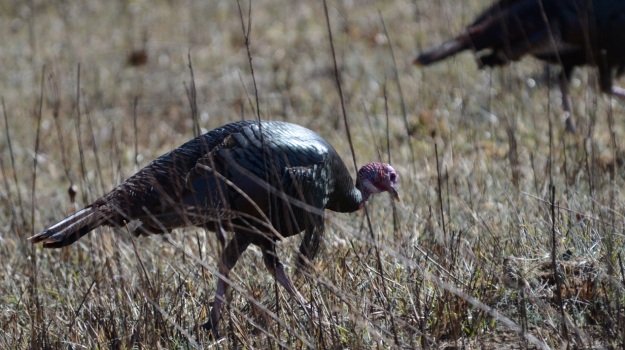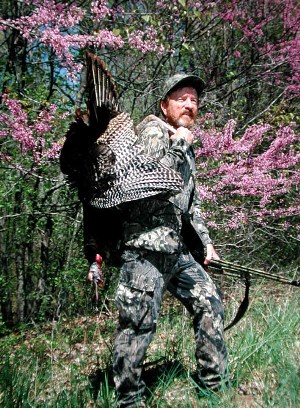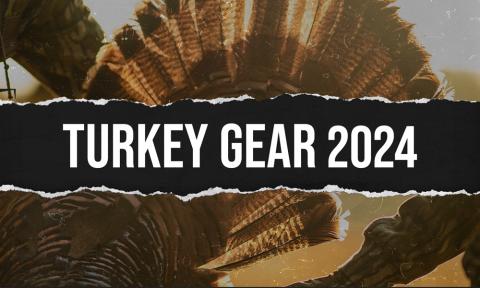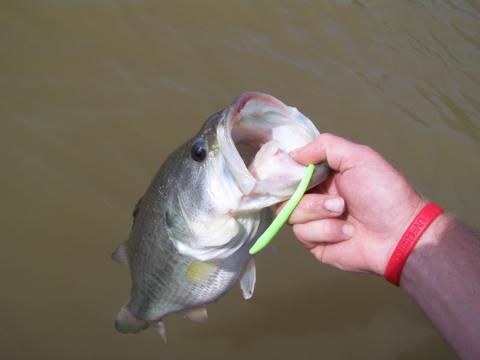David Hale Says Woodsmanship Takes More Turkeys than Expert Calling Does

Editor’s Note: Mossy Oak Pro David Hale of Cadiz, Kentucky, started his turkey-hunting career in 1966. He’s a co-founder of Knight & Hale Game Calls, and Commonwealth Productions and cohosts the “Ultimate Hunting” TV show on the Outdoor Channel.
The reason I remember the day I started hunting turkeys was because I was living at Murray State University in Murray, Ken., and had to cross the Tennessee River to get there. I read in the newspaper that Kentucky was having its first turkey season at Land Between the Lakes. I didn’t know anything about turkeys or turkey hunting, but I knew I wanted to be a part of the first turkey season. Only 15 turkeys were harvested off the Land Between the Lakes that year, and I was fortunate enough to bag one of those gobblers. Although I didn’t know anything about turkeys, how to call or how to hunt them, the main reason I was successful was because I hunted that turkey as though it was a deer. I found the roost tree the bird was gobbling from, I scouted to learn where the turkey went after he left the roost tree, and then I took a stand along the route that turkey used every day. Once the gobbler came within 30 yards, I shot him.
Back in those days there were no outdoor TV shows, so I had started studying turkeys as soon as I learned Kentucky was going to have its first turkey season. I read every book and outdoor magazine I could find about turkey hunting and studied turkey hunting as though it were one of my college classes. I wanted to know why few hunters back then could harvest a wild gobbler. I decided that most turkey hunters were trying to call a turkey in, rather than learning how to hunt him. In seminars and interviews I’ve done over the years, I’m often asked, “Do you think shooting a turkey you haven’t called to is fair?” and also, “Which do you think is most difficult - calling in a turkey and harvesting him, or finding a turkey and taking him without calling to him?” Hunting a turkey is different from calling a turkey. If you can take a turkey without calling to him, you really have to have learned much more about turkey hunting than you have to know if you hear a turkey gobbler, sit down and call him into you.
For instance, you have to know where the hens will be during the five phases of spring turkey hunting, because where the hens are is eventually where the gobblers will be. If you know what the five phases of a hen’s springtime movements are, then calling a turkey is much easier. To effectively and consistently take a wild turkey gobbler without calling him, you’ve got to learn and understand everything you can about what the hens as well as the gobblers do.
 The five phases of hunting spring turkeys include:
The five phases of hunting spring turkeys include:
The winter transitional period. When turkey season arrives, the gobbler is usually still in this period - hanging out with other gobblers and bachelor groups. The hens are staying with hens. During this time, if you locate a gobbler, more than likely other gobblers will be with him. When you call in one gobbler, you may see two to five more toms coming to your call. However, most of the time, to take one of those longbeards without calling to him, you’ve got to learn about where and when that bachelor group consistently shows up in a field; you’ve got to be camouflaged in Mossy Oak Camo; and you must realize every bird in that bachelor group is looking for danger. Finally, you have to take your shot when one gobbler has separated himself from that group.
The second transitional period happens when the weather warms-up in the spring. Usually that’s when the hens and the gobblers will flock together and set up a daily route they’ll travel. Once you learn a travel pattern, you can take a stand where the birds will walk past you. You then may be able to take that gobbler. During the second transition, they’ll travel a mile or two before they make a complete circle. So, if you don’t have a chance to take a gobbler the first time you see him, set up in that same spot and eventually you’ll see the birds complete that circle.
The third transition will involve a much smaller group of gobblers and hens. You may have two to three gobblers with four or five hens. The smaller flock has separated from the big flock. When they are in smaller groups, the pecking order already has been established. One of the male birds will be the dominant bird and keep the male gobblers away from the hens.
Phase four is when the hens have left the gobblers, and they’re nesting. This time is when the gobblers aren’t hard to take.
Phase five is when the gobblers spend more time in the strut zones, frequent the same places where they’ve been when the hens began nesting and are the easiest to call in and hunt.
For the people who just want to call to turkeys and take them, they’ve got to be able read turkey gobbles and know what type of calling will be required to get those turkeys to come. One more requirement is critical to take a gobbler without calling him - you have to know the woods you’re hunting, and why and when the birds will show up. Just as importantly, you’ve got to know the places where a gobbler won’t appear. Experience is the best teacher; the more you hunt turkeys, the more you’ll learn about them. Calling is just the icing on the cake but probably only 10 percent of what you need. The poor caller can be a great turkey hunter, but a really good turkey caller may not necessarily be a great turkey taker. More time and more skill are required to hunt a turkey successfully than just calling a turkey and getting within his range. Woodsmanship always will bag more gobblers than being an expert in turkey calling will.




























